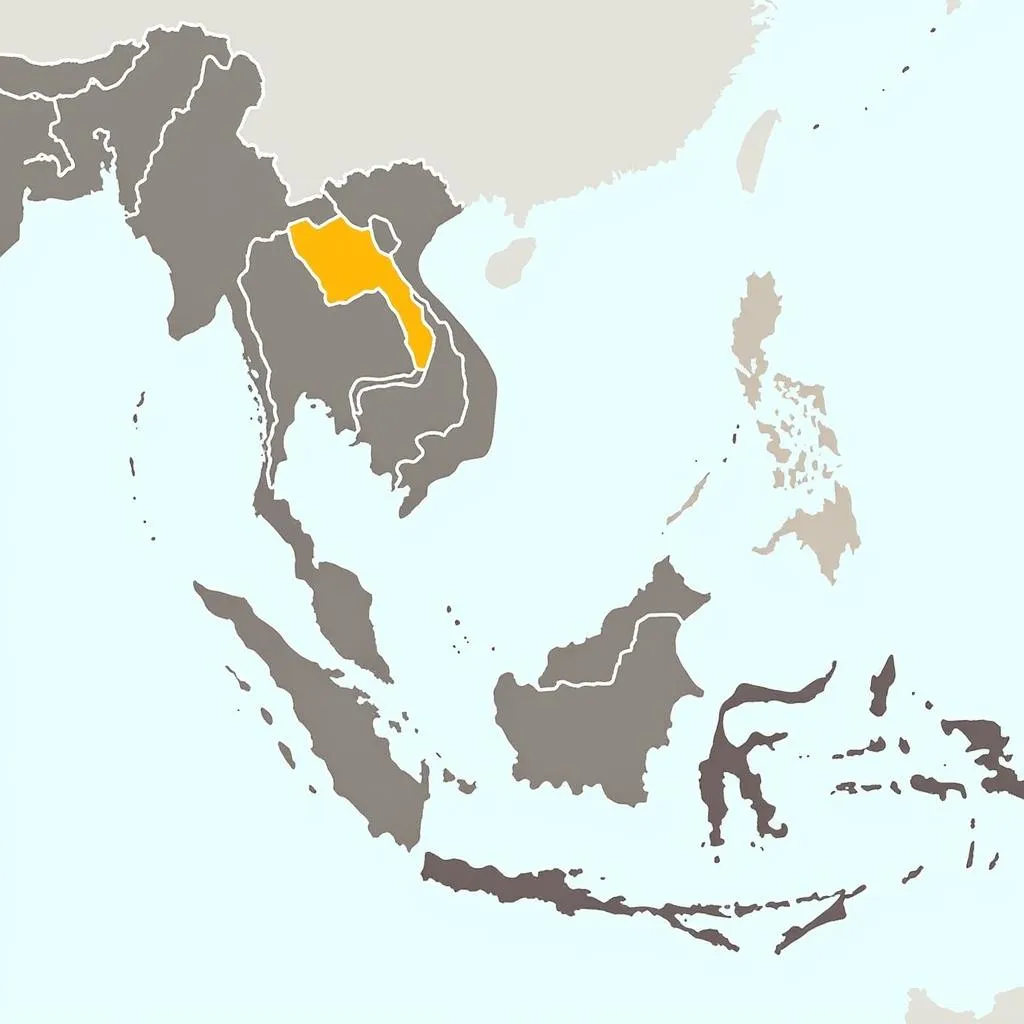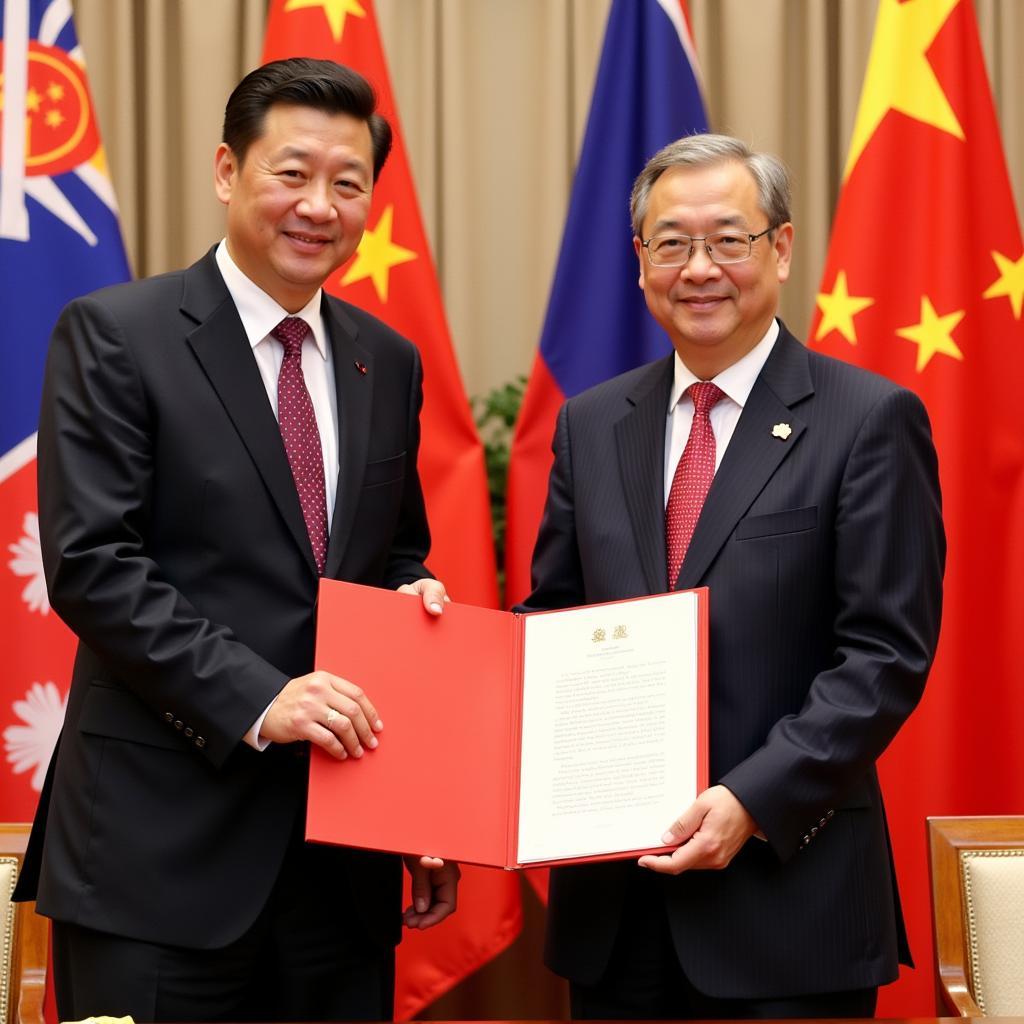ASEAN integration is a process that aims to create a more unified and interconnected Southeast Asia. This integration involves several aspects, including economic cooperation, political cooperation, and social and cultural exchange. It’s a complex and multifaceted endeavor, but one that has the potential to significantly benefit the region and its people.
What is ASEAN Integration?
ASEAN integration is a process that began in 1967 with the establishment of the Association of Southeast Asian Nations (ASEAN). The goal of ASEAN is to promote regional peace, stability, and economic growth. To achieve these goals, ASEAN has implemented various programs and initiatives to promote cooperation among its member states.
Key Aspects of ASEAN Integration
ASEAN integration encompasses several key aspects, including:
- Economic Cooperation: ASEAN has established a free trade area (AFTA) that aims to eliminate tariffs and other trade barriers among member states. This has led to increased trade and investment within the region, boosting economic growth.
- Political Cooperation: ASEAN member states cooperate on various political issues, including security, terrorism, and human rights. They have also established a number of regional forums, such as the ASEAN Regional Forum (ARF), to discuss these issues.
- Social and Cultural Exchange: ASEAN integration also involves promoting social and cultural exchange among member states. This includes initiatives to foster understanding and cooperation in areas such as education, tourism, and arts and culture.
Benefits of ASEAN Integration
ASEAN integration has brought several benefits to the region, including:
- Increased Economic Growth: The removal of trade barriers has led to increased trade and investment within the region, contributing to economic growth.
- Improved Living Standards: Economic growth has led to improved living standards for many people in Southeast Asia.
- Enhanced Security: ASEAN’s political cooperation has helped to improve security in the region, reducing the risk of conflict.
- Increased Regional Influence: ASEAN has become a significant player in international affairs, with its member states working together to advance their common interests.
Challenges to ASEAN Integration
Despite the benefits, ASEAN integration also faces some challenges, including:
- Economic Disparities: There are significant economic disparities among ASEAN member states, which can make it difficult to implement policies that benefit everyone.
- Political Differences: ASEAN member states have different political systems and ideologies, which can sometimes make it difficult to reach consensus on key issues.
- Security Threats: The region faces various security threats, including terrorism, piracy, and natural disasters. These threats can undermine efforts to promote regional cooperation.
Future of ASEAN Integration
The future of ASEAN integration is uncertain. However, there is a strong commitment to continuing the integration process. ASEAN member states are working to address the challenges they face and to strengthen their cooperation in order to achieve their shared goals.
Frequently Asked Questions
Q: What are the main goals of ASEAN integration?
A: The main goals of ASEAN integration are to promote regional peace, stability, and economic growth.
Q: How has ASEAN integration impacted the economies of member states?
A: ASEAN integration has led to increased trade and investment within the region, boosting economic growth and improving living standards.
Q: What are some of the challenges facing ASEAN integration?
A: Challenges include economic disparities, political differences, and security threats.
Q: What are some of the initiatives that ASEAN has implemented to promote integration?
A: Initiatives include establishing a free trade area (AFTA), promoting social and cultural exchange, and working to address security threats.
Conclusion
ASEAN integration is a complex and multifaceted process, but one that is crucial for the future of Southeast Asia. By working together, ASEAN member states can overcome the challenges they face and achieve their shared goals of peace, stability, and prosperity.
 Map of Southeast Asia showing ASEAN member states
Map of Southeast Asia showing ASEAN member states
 Chart showing ASEAN economic growth over the past decade
Chart showing ASEAN economic growth over the past decade
 Photo of a traditional dance performance from a Southeast Asian country
Photo of a traditional dance performance from a Southeast Asian country
If you’re interested in learning more about ASEAN integration, visit our website or contact us for further information. We are passionate about connecting communities and promoting understanding within the ASEAN region.
